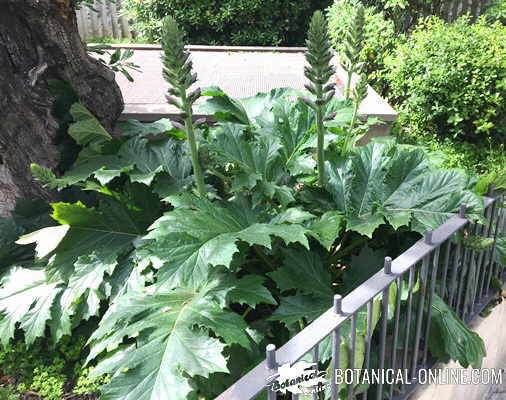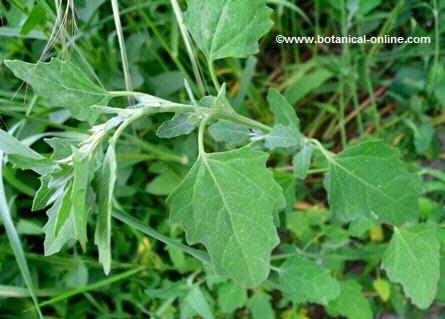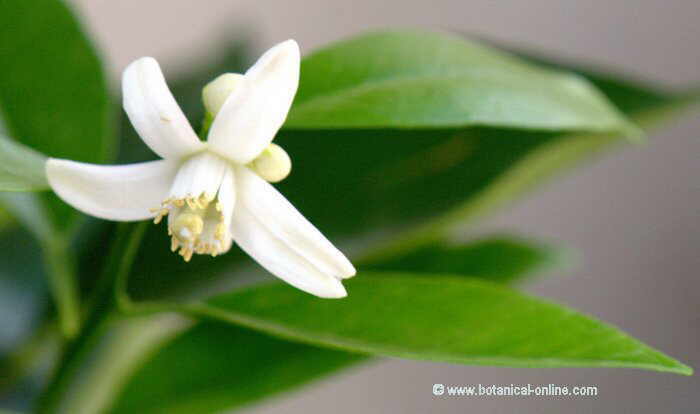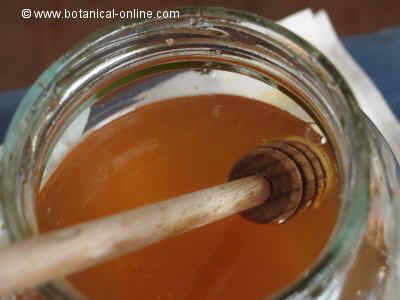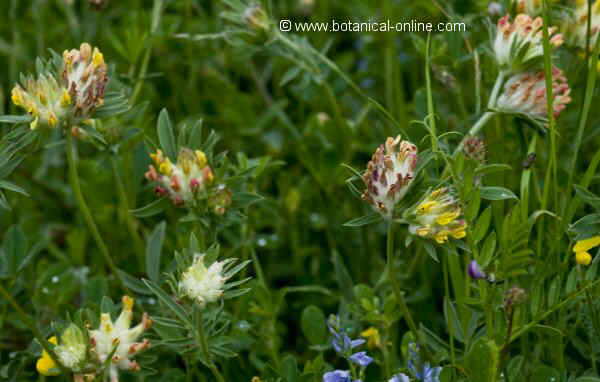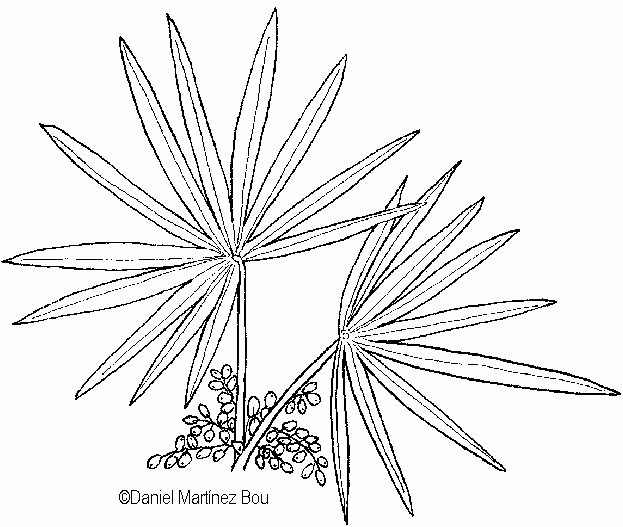Contents
HOW TO GROW COMFREY
Comfrey (Symphytum officinale L.) is a fast growth plant, easy to keep once established.
It blooms from June to October and it is very decorative. It is grown for ornamental purposes, because of its green foliage and hanging flowers, which make it very attractive.
It can be used as green manure, producing lots of leaves, rich in nutrients such as nitrogen, which can be harvested and used in composting. It fits climates and cultivation conditions to which other composting can not adapt to.
Comfrey is also known as knit-bones plant, healing herb, back wort, bruise wort due to the medicinal properties attributed to it.
Description of comfrey
Vivacious herb up to 1.4 m tall. More woody at the top. Born from a large, dark fleshy root.
Erect stems alternate.
Recurring, whole, wrinkled leaves with marked rib and rough hairiness; upper ones, lanceolate; lower ones, larger and more ovato-lanceolate.
Flowers, gathered in terminal tops, pink, white violet or purple. It blooms from June to October
COMFREY GROWING CONDITIONS
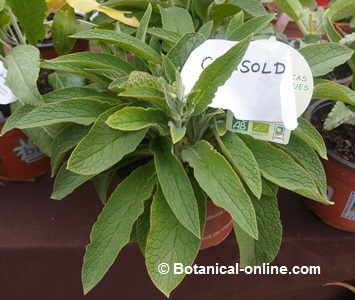
Comfrey climate
Comfrey is a plant suitable for growing in temperate and subtropical regions.
Optimal location in semi-shade, but it can grow in full sun.
It is resistant to cold and can grow at altitudes up to 1.350m.
Its natural distribution includes the Caucasus region, where it is believed to be originally, Russia and the Middle East. Cultivation has been introduced in England, the United States, Canada, Kenya, New Zealand and Australia.
Comfrey soil
Comfrey tolerates all soil types, provided they are wet, deep and present good drainage. You can use sand, silt or clay soils.
Deep plowing of the soil before planting is necessary so the roots can find loose soil and can be established better and faster. Compact soils hinder its growth.
To improve soil conditions, chemical or organic potassium fertilizers can be applied.
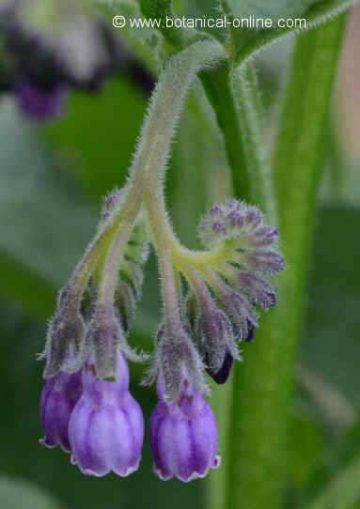
How to plant comfrey
- Sowing in seedbed in spring. Keep the soil moist and at room temperature until germination.
- When the plant is large enough to be handled (about 1015cm. tall), transplant it into an individual pot.
- Keep in greenhouse during the first year.
- Transplant in definitive place in spring or early summer.
- Comfrey needs a loose and deep soil to develop its tuberous, thick roots..
It can also be reproduced by dividing clumps and by cuttings. Cuttings are rooted at 3 – 6 weeks, while those obtained by division do it at 10 weeks.
In early April, you can see its first basal, thick, spear-shaped leaves. The floral stem elongates up to 60- 100 cm tall, producing sessile leaves (without petiole). Bell-shaped flowers are born from it.
Where to buy comfrey?
Comfrey can be purchased at most garden stores. There, we will find the plant or seeds. If not found, you can turn to universities or botanical gardens.
Comfrey is not an edible wild plant, although in some literature may appear as an edible one (leaves and young stems have been used in salads and as wild vegetables).
![]() More information on comfrey.
More information on comfrey.

